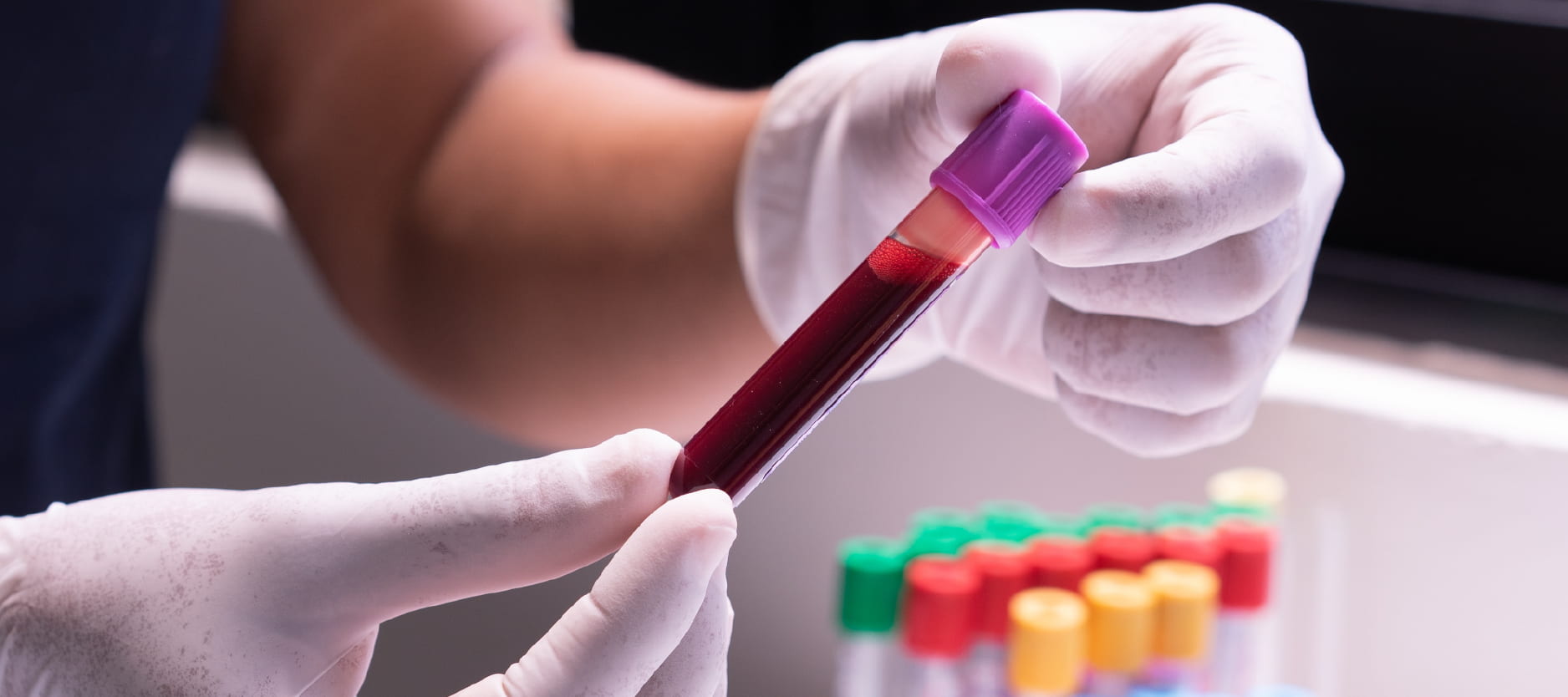Peripheral arterial disease, commonly known as PAD, is the narrowing and blockage of arteries that reduce the blood flow from the heart to one’s legs. The reduced blood flow is the reason for severe pain that may lead to claudication. To diagnose peripheral arterial disease, your doctor or your healthcare provider will examine you physically and may inquire about your family history. They may ask questions related to the medications that you are currently taking, the diseases (i.e., diabetics, blood pressure, etc.) that you are suffering from, the location of pain and cramps that are being experienced, your smoking history or your family background and history related to the peripheral arterial disease. In this article, you will learn about the diagnostic tests for PAD that can be performed to identify whether you are suffering from PAD.
Diagnostic Tests for PAD
Following are some tests that can be performed to diagnose peripheral arterial disease potentially:
Blood test
Blood tests can be performed to check for cholesterol levels, diabetes, and triglycerides that can lead to peripheral arterial disease.
ABI
ABI, ankle-brachial index, is a practical and standard test that can be performed to identify PAD. With this test, the doctors compare blood pressure in different parts of your body, i.e., ankle and arm. The patient may be asked to walk on a treadmill to take the blood pressure readings.
These readings are taken twice, before and immediately after whatever activity you are asked to perform. Walking on the treadmill will help check the patient’s arteries while walking. If you are healthy, your ABI results would be 1.00 or more. If the ABI is less than 0.90 when resting, it is an excellent sign that you have PAD.
Ultrasound
Ultrasound can be performed on the patient’s feet and legs. Sound waves are used in this technique to evaluate blood flow in the vessels. A particular type of ultrasound is known as Doppler ultrasound. This is special because it helps to identify and locate the narrowed and blocked arteries and vessels.
Angiography
This technique is based on very high technology. It uses Magnetic resonance imaging (MRI), computerized tomography (CT) scans, and X-rays to spot the arteries that are blocked or have been narrowed. In this method, the blood vessels are injected with a dye or contrast; this will provide coloring and make it easier for the staff to test the images and identify required arteries.
Walking test
The patient is made to walk for 6 minutes, called a 6-minute walking test. This test measures the distance a patient can cover in 6 minutes. This test is performed to evaluate the impact of PAD on your ability to function and perform everyday tasks, as simple as walking.
Segmental Doppler Pressure Testing
Similar to the ankle-brachial index, but uses blood pressure cuffs instead. These cuffs are placed on the patient’s calf, thigh, and ankle levels and help check for blocked arteries. An ultrasound device is used to amplify the sound of blood that flows through these arteries, aiding the measurement of the blood pressure in the areas where the blood pressure cuff is placed.




